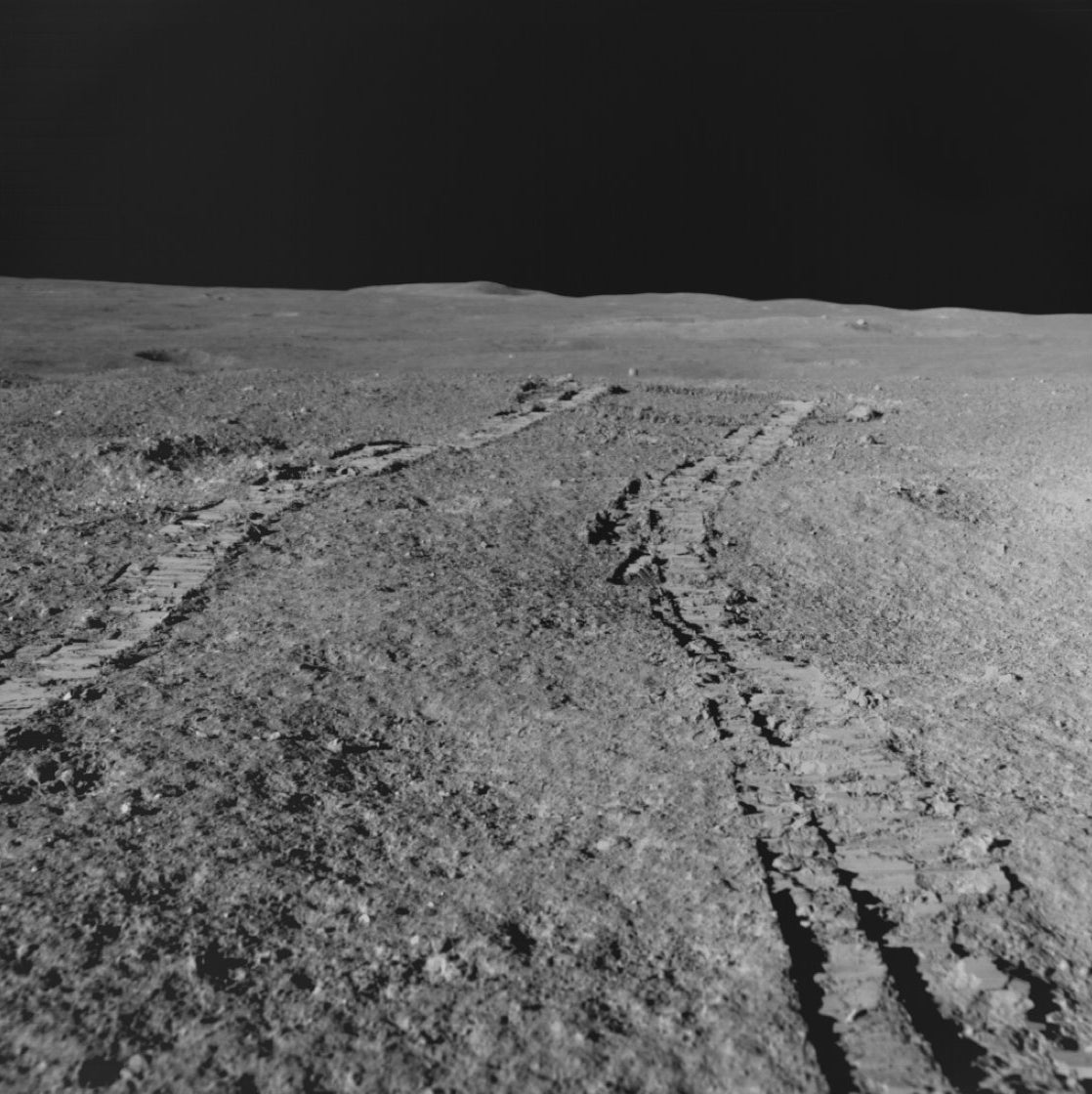
4.5 billion years ago, amid the chaos of the early solar system, the young Earth was rocked by a cataclysmic collision with another planet the size of Mars. The debris flung into space eventually formed a molten sphere of liquified rock — a world covered in a global ocean of magma that later cooled and solidified, forming an airless companion to Earth in our night sky.
This is how scientists think the Moon formed — and the scenario came into even clearer focus today thanks to the publication of evidence for its primordial magma ocean gathered a year ago by India’s robotic lunar rover.
The rover’s analysis of the composition of rocks at its landing site is the first of its kind to come from the Moon’s polar regions, extending the body of evidence farther across the Moon. Previous analyses of the Moon’s surface composition were limited to the equatorial and mid-latitude regions.
The results are also a sign of India’s continued advances in lunar exploration. Details were published Aug. 21 by an all-Indian team in the journal Nature.
Going south
The composition of the lunar surface has been investigated by the robotic U.S. Surveyor missions, and by laboratory analysis of lunar samples returned by the Apollo, Russian Luna, and Chinese Chang’e 3 missions. Analyses from each of these sites showed compositions that were generally similar, suggesting that they all came from one pool of magma. But data from the polar regions was needed to bolster the theory that the Moon’s magma ocean extended across its entire surface.
India’s Vikram lander touched down Aug. 23, 2023, only 390 miles (630 kilometers) from the lunar south pole. The lander subsequently deployed a rover, named Pragyan (Sankrit for “wisdom”), capable of analyzing the chemical composition of the lunar surface near the landing site. In the 10 days after its landing, the Pragyan rover covered a distance of 340 feet (103 meters).
To analyze the composition of a rock sample, the rover’s Alpha Particle X-Ray Spectrometer (APXS) instrument irradiated samples with alpha particles and X-rays emitted from an internal radioactive source. By measuring the energies of scattered alpha particles and X-ray fluorescence from the target sample, researchers could determine a sample’s elemental makeup. The reach of the APXS instrument cannot penetrate more than a millimeter into the surface, but by studying the soil churned by the Pragyan rover’s wheels, mission engineers were able to analyze samples several centimeters deep.
The landing site, now called Point Shiv Shakti (a Hindu term for the natural male and female forces that maintain balance in the universe), proved to be remarkably uniform in composition: Analysis of 23 sites around the Vikram landing site consistently revealed the presence of ferroan anorthosite.
Anorthosite is a rock composed of one mineral. In the case of lunar anorthosite, it is a lightweight silica mineral that is thought to have floated to the top of a global magma ocean that existed when the Moon formed about 4.6 billion years ago. Ferroan anorthosite, like that found at Point Shiv Shakti, also contains a percentage of iron, thus the designation of ferroan for the ferrous mineral within it. Denser types of rocks, like olivine rich in magnesium and iron and pyroxene, a mineral found in igneous rocks formed by the cooling of magma, sank in this global magma ocean and formed the Moon’s mantle, leaving the lighter anorthosite on the surface.
The uniform presence of anorthosite at Point Shiv Shakti is an exciting key finding because its composition is a close match to the percentages of silicon, aluminum, calcium, iron, and magnesium in anorthosites found at the Apollo 16 and Luna 20 sites, 1,120 miles and 1,400 miles north (1,800 and 2,250 km), respectively. This distant data point extends the reach of proven anorthosite deposits, strongly implying the same event occurred at all locations. This chain of evidence further enhances the theory that the lightweight mineral is the solidified upper layer of a once-global magma ocean.

Considering the impacts
However, not all the material at Point Shiv Shakti is from this solid upper layer. The APXS data also shows the elevated presence of magnesium and calcium, which implies that material from deeper in the Moon’s mantle has been mixed in.
This mixing has likely been the result of meteorites pounding into the region. The area lies only 220 miles (350 km) from the rim of the far side South Pole-Aitkin Basin, the largest known impact basin in the solar system. According to models, the resulting blanket of South Pole-Aitkin Basin ejecta is between 0.7 and 1.3 miles deep (1.1 and 2.1 km) at the Vikram landing site. The impacts that created the nearby craters Manzinus and Boguslawsky further churned the ejecta blanket, and the Vikram landing site also lies on an ancient ray of debris splashed from Schomberger crater 125 miles (200 km) south.
The detection of minerals from deeper in the Moon’s crust shows that material from the mantle excavated by the great basin impacts 4 billion years ago can be scattered anywhere across the face of the Moon. It also shows how important it is that future lunar explorers include trained geologists who can recognize differing types of rock on the surface of the Moon.
Understanding our Moon and how it came into being also helps us better understand the history of our solar system. One thing is for certain: Results like these from Vikram show that progress in this endeavor is no longer the province of only the mid-20th century superpowers.









